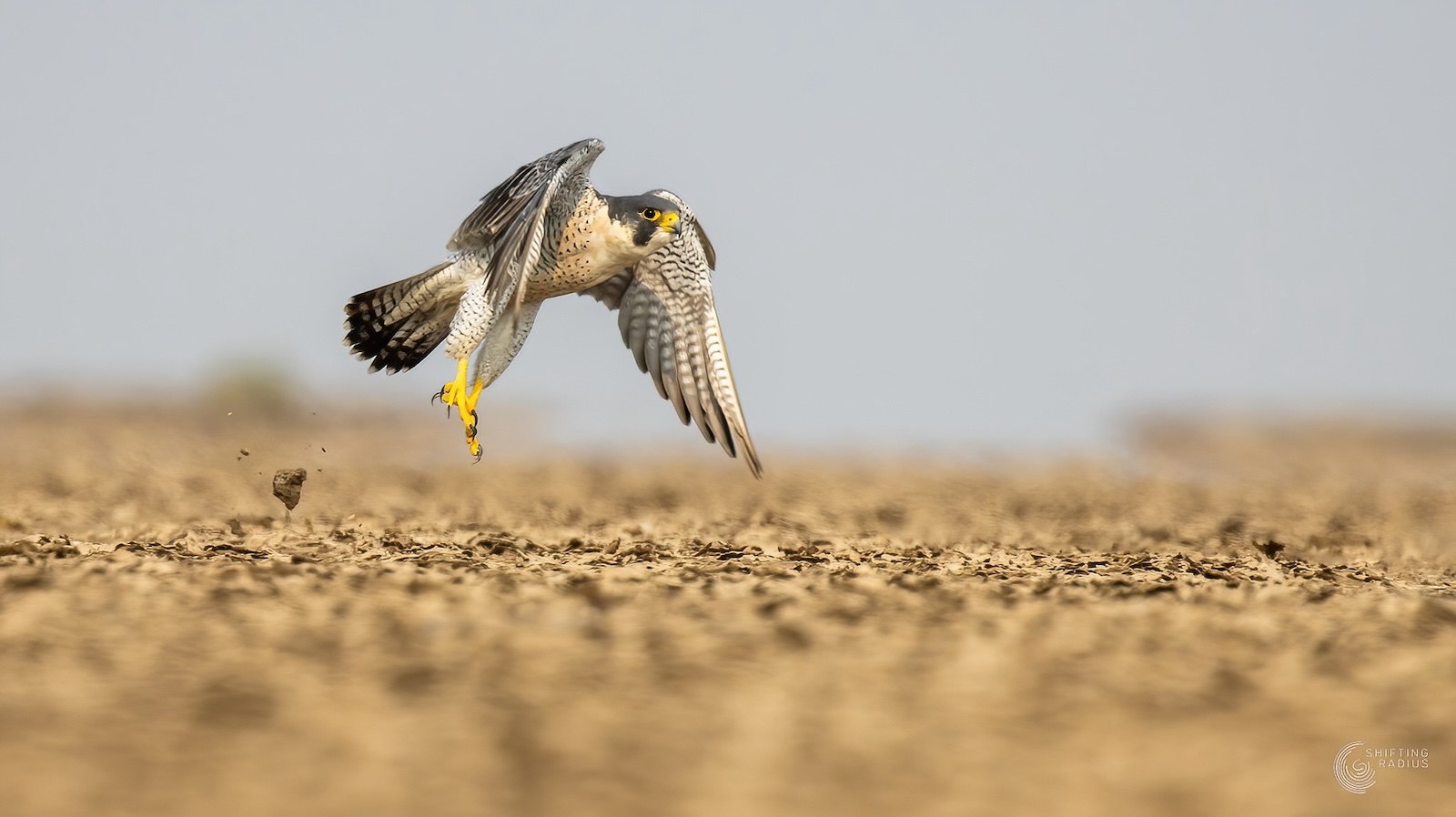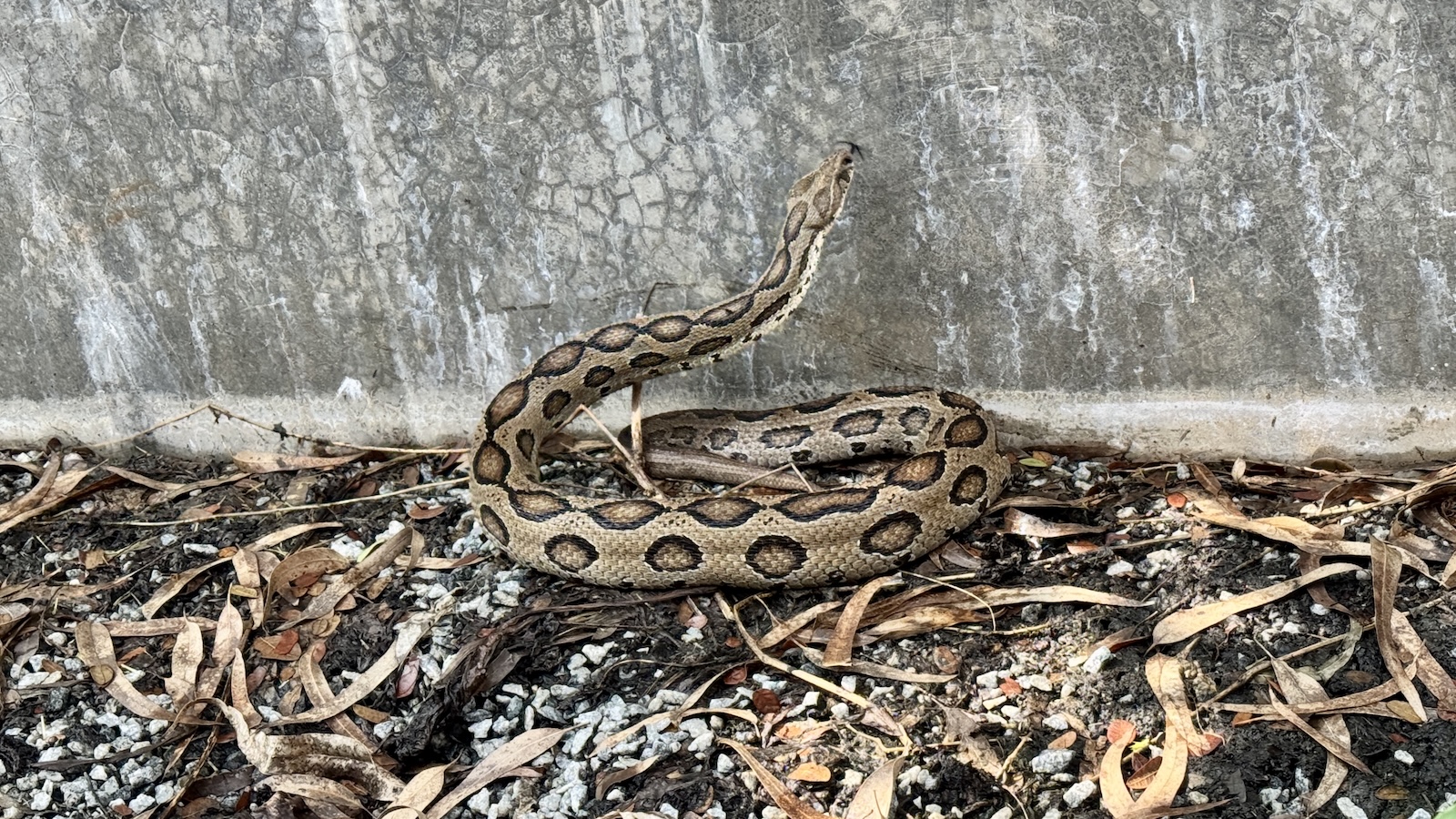This bird doesn’t just fly—it obliterates the air. With the aerodynamics of a fighter jet and the attitude of a rockstar, it holds the title of the fastest animal on Earth. In a dive (aka “stoop”), it can hit speeds of 240 mph (386 km/h)—faster than an F1 car and a skydiver.
The peregrine’s breeding range includes land regions from the Arctic tundra to the tropics. It can be found nearly everywhere on Earth, except extreme polar regions, very high mountains, and most tropical rainforests; the only major ice-free landmass from which it is entirely absent is New Zealand. This makes it the world’s most widespread raptor and one of the most widely found wild bird species.
Among all the species shot in LRK, this had to be my favourite. Hence, a separate post to honour this legend. Found either on sand mounds or on the ground, this raptor when hungry attacks other birds before they even notice it.



Fun fact? These falcons don’t flap like amateurs. They ride the wind, adjusting their wing angles like aerial masterminds. If you ever see one in action, count yourself lucky—you’ve just witnessed nature’s fastest predator flexing on gravity.



This is the closest we managed to get to this beauty.


We were lucky enough to witness an Egret kill as well.
Peregrines dine exclusively on birds, and they don’t do slow takeout. Instead, they freefall like a feathery meteor and punch their prey mid-air, delivering an impact so forceful it turns the poor pigeon into an unwilling acrobat. The falcon then circles back, grabs its airborne dinner, and enjoys a well-earned meal. Efficiency at its finest.



All in all, very lucky to have completed 6 sessions with Vipul with so much learning. The moment we finished our last session, the clouds turned dark and it poured non-stop. Heard that with this kind of rain, the Rann will be shut for couple of days as one won’t be able to drive through it.
Despite their dominance in the sky, peregrines almost got wiped out in the mid-20th century. Thanks to DDT (a pesticide with a side hustle in bird extermination), their eggshells thinned to the point of breaking. Luckily, conservationists pulled a superhero move, banning DDT and launching breeding programs. Now, peregrines are back, terrorizing pigeons and stunning birdwatchers from skyscrapers to cliffs worldwide.
Falcon Fact-Check:
How does a Peregrine Falcon survive those insane speeds without passing out?
It has special bones in its nostrils that act like baffles, slowing down the air and preventing its lungs from exploding. Basically, built-in G-force resistance!
Do Peregrines ever miss their target?
Rarely. They calculate angles and wind speeds like airborne mathematicians. But on the off chance they do, they just loop back and try again—because when you’re the fastest thing alive, time is on your side.
In a dive (stoop), it can hit speeds of 240 mph (386 km/h), making it faster than any other animal in motion. That’s faster than a skydiver in freefall, a cheetah at full sprint, or even most small airplanes.
However, if we’re talking level flight (not diving), the Brazilian free-tailed bat holds the record, reaching 100 mph (160 km/h). And if we’re looking at land animals, the cheetah takes the crown with speeds up to 75 mph (120 km/h) in short bursts.
For more such interesting facts and real photos shot by me, do subscribe to our newsletter now.
This was originally posted on shiftingradius.com on November 27, 2023




